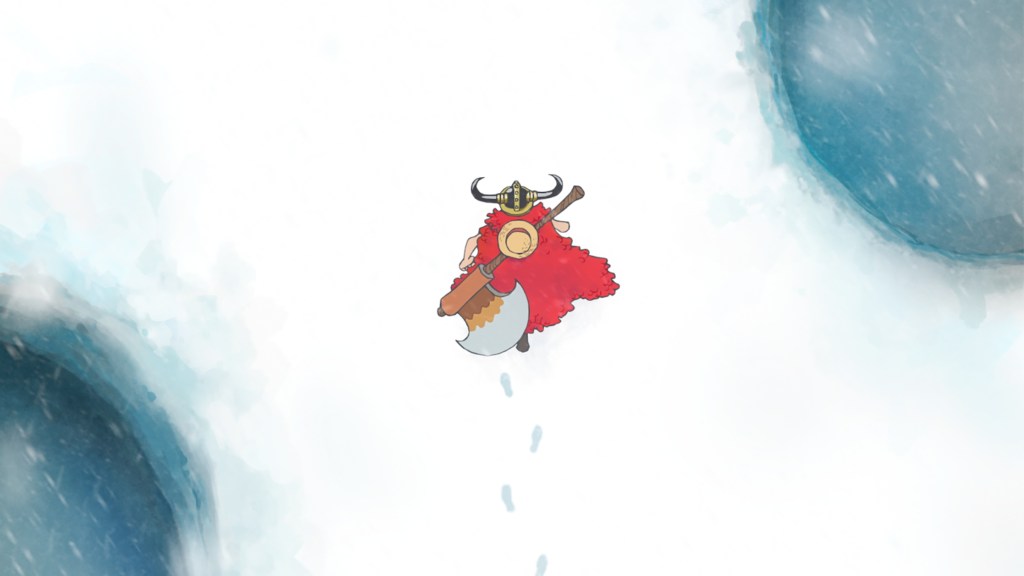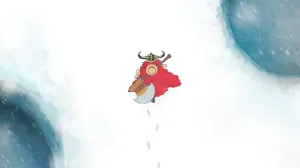The One Piece anime, ever since its inception in 1999, has never failed to entertain fans weekly with new episodes. Over the years, the series became Toei Animation’s flagship production and a cherished tradition for fans who eagerly tune in every Sunday. While there have been occasional breaks, the anime has always returned after short hiatuses to deliver consistent episodes. However, releasing new episodes for decades is no easy feat, and with such an enormous output, the animation quality hasn’t always been consistent. In fact, the One Piece anime is often regarded as one of the slowest-paced series in the medium.
Videos by ComicBook.com
This issue doesn’t stem from the source material itself but rather from Toei Animation’s efforts to maintain a safe distance from the manga while continuing weekly releases. As a result, the anime often stretches scenes and dialogue to fill episodes, leading to slower pacing. Many fans believe this problem began after the timeskip, starting with the Fishman Island arc. Toei’s decision to re-edit this arc during a previous hiatus indicates their awareness of when the issue first emerged back in early 2011. Fortunately, it now seems that Toei Animation is finally set to redeem this completely, having announced how they plan to fix it moving forward.
One Piece to Adopt a Seasonal Release Format Starting in 2026
In a new livestream aired in Japan, Toei Animation revealed major news about One Piece, confirming that starting next year, the series will release only 26 episodes annually. The anime will continue airing weekly for the remainder of this year before taking a short hiatus from January to March 2026. Furthermore, Toei announced that the 26 episodes will be divided into two separate cours, with the first cour set to begin in April 2026. Given this format, it is safe to assume that One Piece will take another break in the summer of 2026 and return with the second cour in the fall. This approach will provide Toei Animation with a three-month break between each cour, an ideal production strategy.
According to Ryūta Koike, the series producer, this new strategy aims to improve pacing and allow for richer storytelling. This effectively confirms that when the anime returns next year with the highly anticipated Elbaph arc, One Piece will adopt the structure of a seasonal anime instead of its long-running weekly format filled with stretched-out pacing, reused footage, and unnecessary recaps. After 15 years, One Piece is finally addressing the pacing issues that became evident after the timeskip, starting with the Fishman Island arc in 2011. Naturally, there are both advantages and disadvantages to this change, but the former outweigh the latter by a wide margin.
One Piece’s New Change Comes With Both Advantages and Disadvantages

The biggest disadvantage of this change is that it will break the two-and-a-half-decade legacy that the One Piece anime has built by releasing new episodes almost every Sunday with minimal breaks. However, the advantages of this change clearly outweigh that one major drawback. The first clear advantage is the improvement of the anime’s pacing, which has steadily worsened since the Fishman Island arc began 15 years ago. Fixing the pacing will make the viewing experience more engaging than ever. With a seasonal release of 13 episodes per cour, fans will also feel more excitement and anticipation for each new season compared to the traditional weekly schedule.
Meanwhile, the strain of producing episodes weekly has likely taken a toll on the animators, and reducing that pressure is one of the best decisions Toei Animation could have made. This will lead to even higher animation quality, especially since the studio has already demonstrated its potential during recent breaks. The new strategy appears to have been influenced by the show’s latest hiatus, during which Toei took time to remaster the Fishman Island arc. Lastly, since One Piece is entering its final phase, these breaks will help maintain a healthy gap between the manga and anime, ensuring that even after the manga concludes, the anime can continue for a while longer.
However, there is one subtle side effect of this shift: it may render Netflix’s One Piece remake somewhat redundant. The remake, originally intended to fix the pacing issue, has taken a long time to release, and with the original anime now addressing its biggest flaw, the need for a remake may diminish. Still, fans will only know for sure once Netflix’s version arrives. For now, it’s reassuring to know that as One Piece enters its final phase, the anime is finally correcting a mistake it made 15 years ago.
What do you think of this major One Piece Grand Line shift? Leave a comment below and join the conversation now in the ComicBook Forum!









